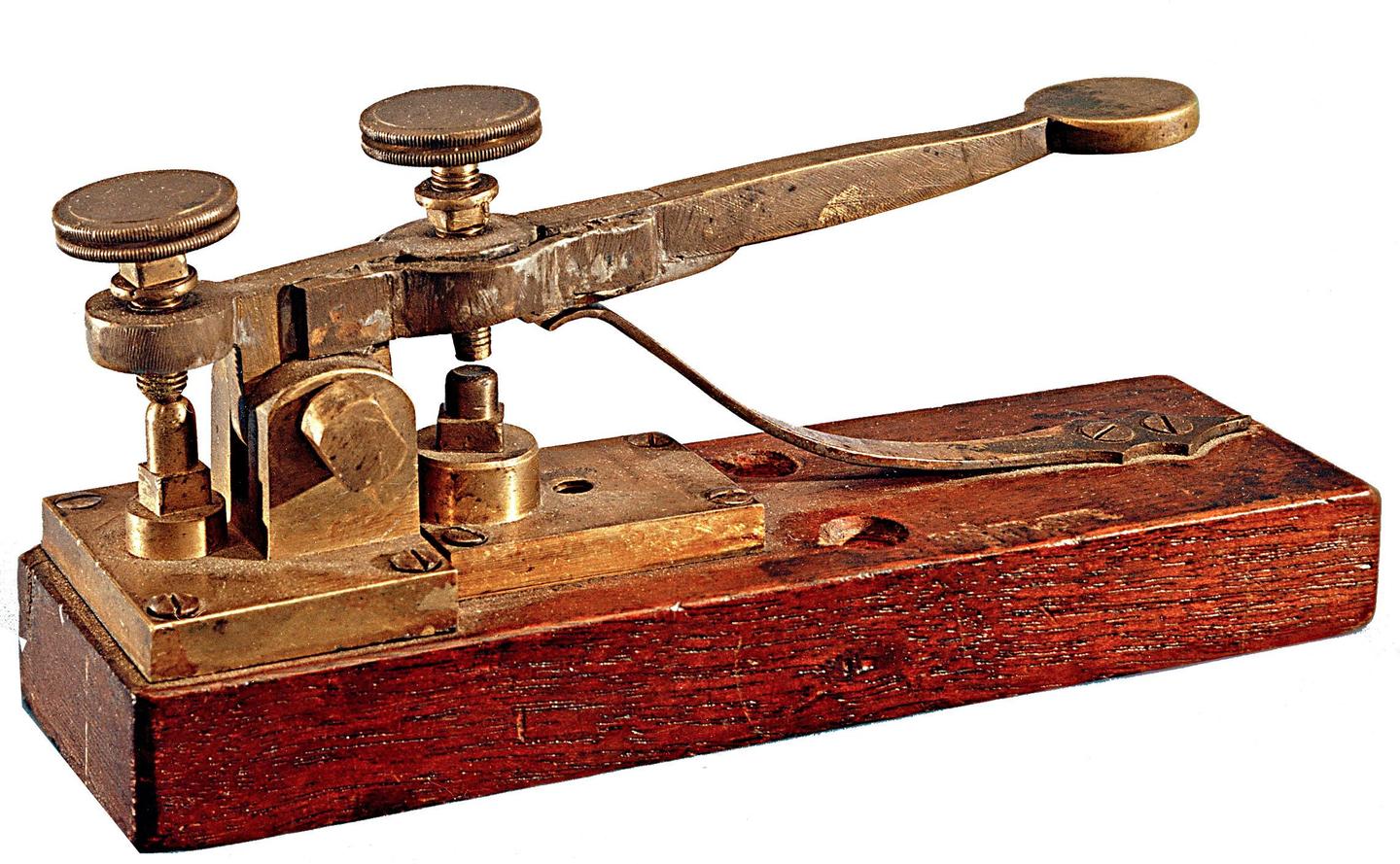
The demonstration was a success! This excellent graphic novel style book not only tells the story of how Samuel Morse developed the telegraph and Morse code, but it also shows readers how this invention truly changed the world. He sent his first message from Washington, D.C, to Baltimore, Maryland. Finally, in 1844, Morse had a new improved machine to work with, a better code, and telegraph lines in place. With the help of a science professor, Samuel was able to extend this range and when he demonstrated the new device to machine experts, he captured their attention and they became interested in investing in his new invention. After three years of work Samuel created his first machine which could send messages, but it only worked for distances of forty feet or less. He then devised a code which was made up of dots and dashes which could be sent over a wire and received at the other end.

He figured out that he could use a battery to make a device which would produce marks on paper. After talking to Charles Jackson, a chemist who studied electromagnets, Samuel began to experiment with electricity and electromagnets. His mother and wife had died in the late 1820s and a grieving Samuel needed to put his energies into something. He did not work on this project much until 1832. He saw that electricity was a powerful force and he wondered if it could be used to send messages. Thankfully Samuel Morse, a young painter who was fascinated by science, developed an interest in electricity.

In the early 1800s it took weeks to receive mail and often important messages arrived at their destination too late. "Today we have all become very used to be being able to communicate over long distances instantly. Illustrations illustrations Index index present Intended audience GN710L Intended audience source Lexile Interest level MG LC call number TK5243.M7 LC item number S45 2007 Literary form non fiction Nature of contents bibliography Reading level 4.6 Series statement Graphic library.Through the Looking Glass Children's Book Review Graphic library, Inventions and discoveryĬataloging source DLC 1979- Seidman, David Dewey number.Language eng Summary Tells the story of how Samuel Morse developed a working telegraph in 1844 that changed the way people communicated Member of

Telegraph - History - Juvenile literature.Morse, Samuel Finley Breese, 1791-1872 - Juvenile literature.Inventors - United States - Biography | Juvenile literature.Label Samuel Morse and the telegraph Title Samuel Morse and the telegraph Statement of responsibility by David Seidman illustrated by Rod Whigham and Charles Barnett III consultant, Tom Perera Creator


 0 kommentar(er)
0 kommentar(er)
